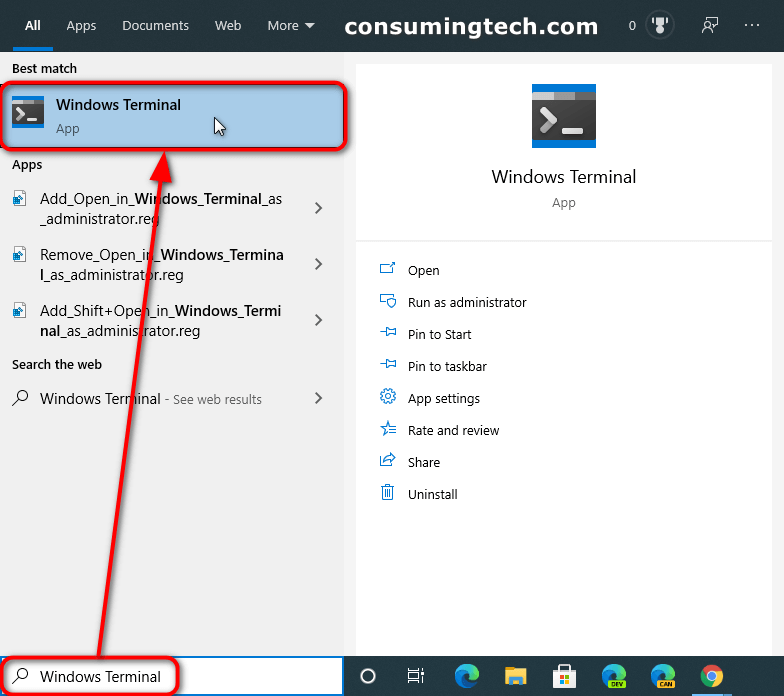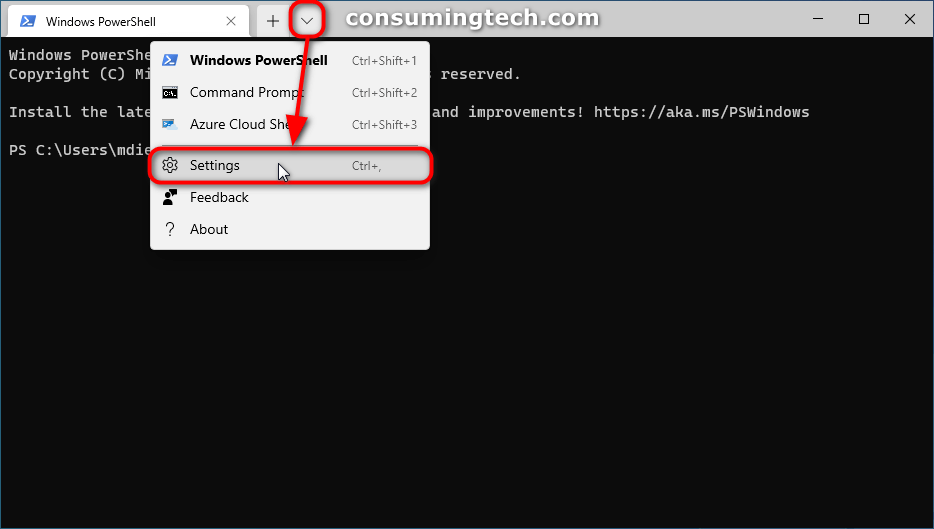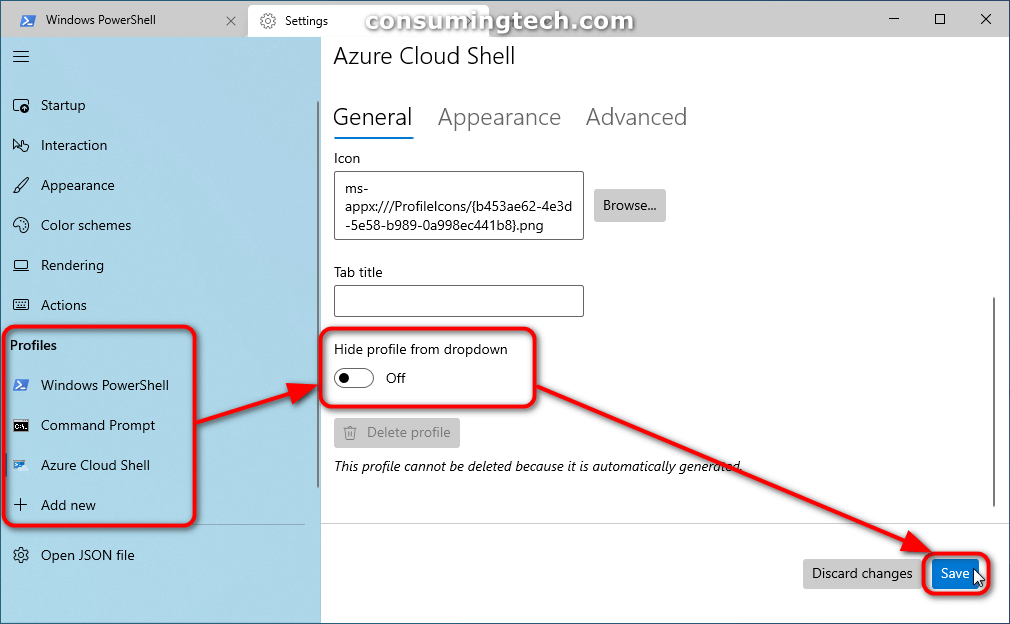Last Updated on December 24, 2022 by Mathew Diekhake
Windows Terminal is Microsoft’s new command-line app. It allows for multiple tabs, and from each tab you also have the option of opening either the Windows PowerShell, Command Prompt, Azure Cloud Shell, or the plain PowerShell. Additionally, it is also preconfigured to run SSH and WSL. Windows Terminal can run any command-line app which includes all Windows terminal emulators.
The Windows Terminal app, otherwise known as the new Windows PowerShell, is the long-awaited app many Windows enthusiasts had been waiting for thanks to its ability to do far more than the typical command line which had become outdated. Interestingly, the Windows Terminal was initially available as a separate app that needed to be downloaded from the Microsoft Store; however, if you were to go to the Microsoft Store to download it now you would be prompted that it is already on your computer. You haven’t got memory issues; as stated above in recent Windows 10 updates you would now find the app on your computer as an Inbox app.
The Windows Terminal app comes with an advanced settings menu, styled similarly to the main Windows 10 Settings but set apart in an area all of its own, and here you can always choose to add profiles if you wish. Nevertheless, for added convenience, you are also able to choose how many profiles you want to be made readily available directly from the Windows Terminal interface itself, from its own dropdown menu, which is located directly next to the last tab. The dropdown menu is distinguished from the tabs themselves thanks to its downward-facing arrow as a pose to the plus symbol for creating a new tab.
The following tutorial demonstrates how to hide and show profiles from the dropdown menu in the Windows Terminal application when using a version of the Windows 10 oeprating system.
How to Hide/Show Profile from Dropdown in Windows Terminal in Windows 10
You can hide or show the profile from the dropdown menu in Windows Terminal from the Windows Terminal settings. Here is how to do that:
1. Open the Windows Terminal app. (Click to enlarge the screenshot below.)
2. Next to the tabs, click on the down-facing arrow to bring up the Windows Terminal menu and then click on the Settings link. (Click to enlarge the screenshot below.)
3. Under the Profiles heading in the left pane, click on the profile (i.e., Windows PowerShell, Command Prompt, Azure Cloud Shell, et cetera), and then under the General tab on the right side of the same window, toggle on or off Hide profile from dropdown and click on the Save button to save your changes.
You can close the Windows Terminal settings and continue using the computer.
In conclusion, that is how to hide and show profiles from the dropdown menu in the Windows Terminal app in Windows 10.
Related Tutorials
- How to Change New Instance Behavior of Windows Terminal in Windows 10 [Tutorial]
- How to Set Dark/Light Theme in Windows Terminal in Windows 10 [Tutorial]
- How to Reset Windows Terminal Settings to Default in Windows 10 [Tutorial]
- How to Enable/Disable ‘Always Show Tabs’ in Windows Terminal in Windows 10 [Tutorial]
- How to Enable/Disable Windows Terminal Always On Top in Windows 10 [Tutorial]
- How to Turn On/Off Use Active Tab Title on Windows Terminal Title Bar [Tutorial]
- How to Hide/Show Title Bar for Windows Terminal App in Windows 10 [Tutorial]
- How to Change Tab Width Mode in Windows Terminal App in Windows 10 [Tutorial]
- How to Change Default Profile in Windows Terminal App in Windows 10 [Tutorial]



